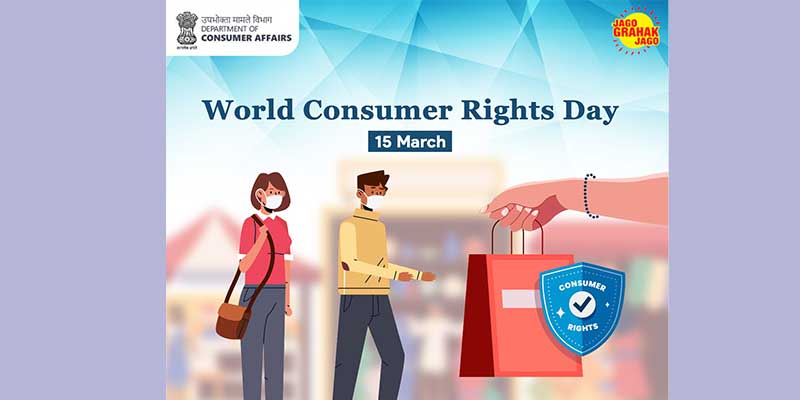- World
- Mar 15
Explainer / World Consumer Rights Day
World Consumer Rights Day, co-ordinated by Consumers International, is celebrated on March 15 to highlight the power of consumers and their rights for a fair, safe and sustainable marketplace for everyone.
World Consumer Rights Day was inspired by former US President John F Kennedy, who sent a special message to the US Congress on March 15, 1962. He addressed the issue of consumer rights.
The consumer movement first marked that date in 1983 and now uses the day every year to mobilise action on important issues and campaigns.
In India, December 24 is observed as National Consumer Day every year.
This year’s theme
According to the Consumers International, this year’s theme is ‘Tackling Plastic Pollution’. The campaign will raise awareness and engage consumers globally to adopt and promote more sustainable practices.
Building on last year’s theme of ‘The Sustainable Consumer’, the campaign focuses on the central role that consumer advocates, governments and businesses can play in tackling the global plastic pollution crisis.
Plastic menace
• Plastic is a highly useful material in our everyday lives, but our consumption and production of plastics, especially single-use plastic, have become unsustainable. This is impacting our ecosystems, causing negative environmental consequences, including pollution of the local and international environment, and threatening human health.
• Around the world, one million plastic drinking bottles are purchased every minute, while up to 5 trillion single-use plastic bags are used worldwide every year.
• Researchers estimate that more than 8.3 billion tonnes of plastic has been produced since the early 1950s. About 60 per cent of that plastic has ended up in either a landfill or the natural environment.
• Only 9 per cent of all plastic waste ever produced has been recycled. About 12 per cent has been incinerated, while the rest — 79 per cent — has accumulated in landfills, dumps or the natural environment.
• Cigarette butts — whose filters contain tiny plastic fibres — were the most common type of plastic waste found in the environment in a recent global survey. Drink bottles, bottle caps, food wrappers, grocery bags, drink lids, straws and stirrers were the next most common items.
• According to a recent report, consumers are increasingly concerned about plastic pollution and already taking action. A global study in 2019 found that there is a strong consumer response to plastic waste. Nearly 82 per cent of respondents were using reusable cleaning utensils instead of single-use plastic alternatives, 72 per cent bringing reusable bags when shopping and 62 per cent using refillable drinking bottles.
• Despite the increased use of single-use plastic during the pandemic, 55 per cent of consumers globally have now become more concerned about the environment as a result of COVID-19 and nearly 74 per cent of consumers are willing to spend more on sustainable packaging.
Manorama Yearbook app is now available on Google Play Store and iOS App Store

